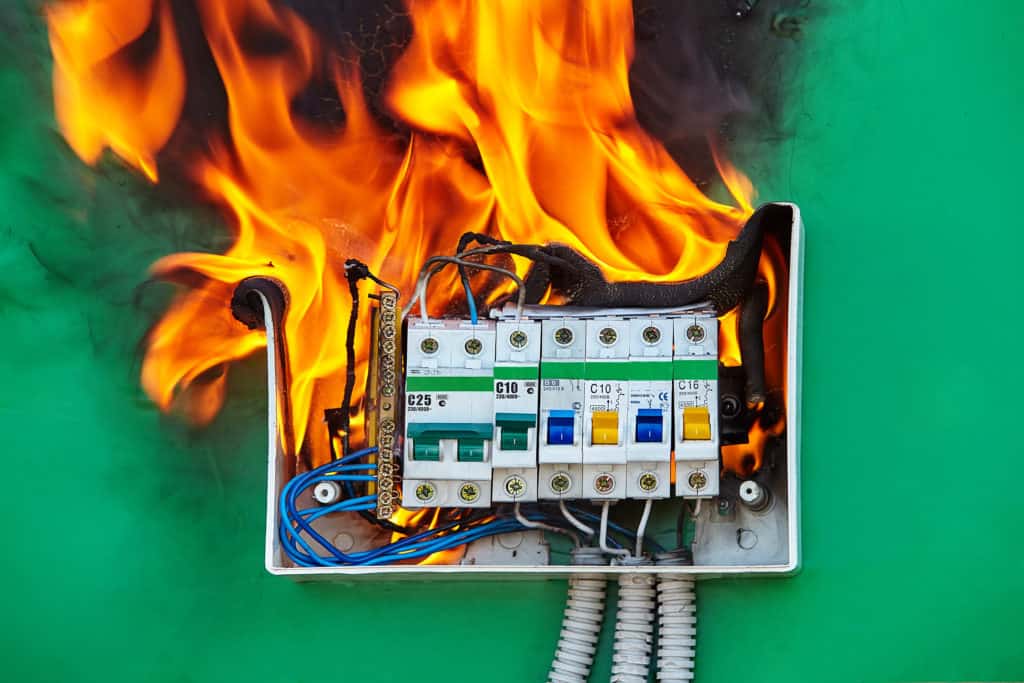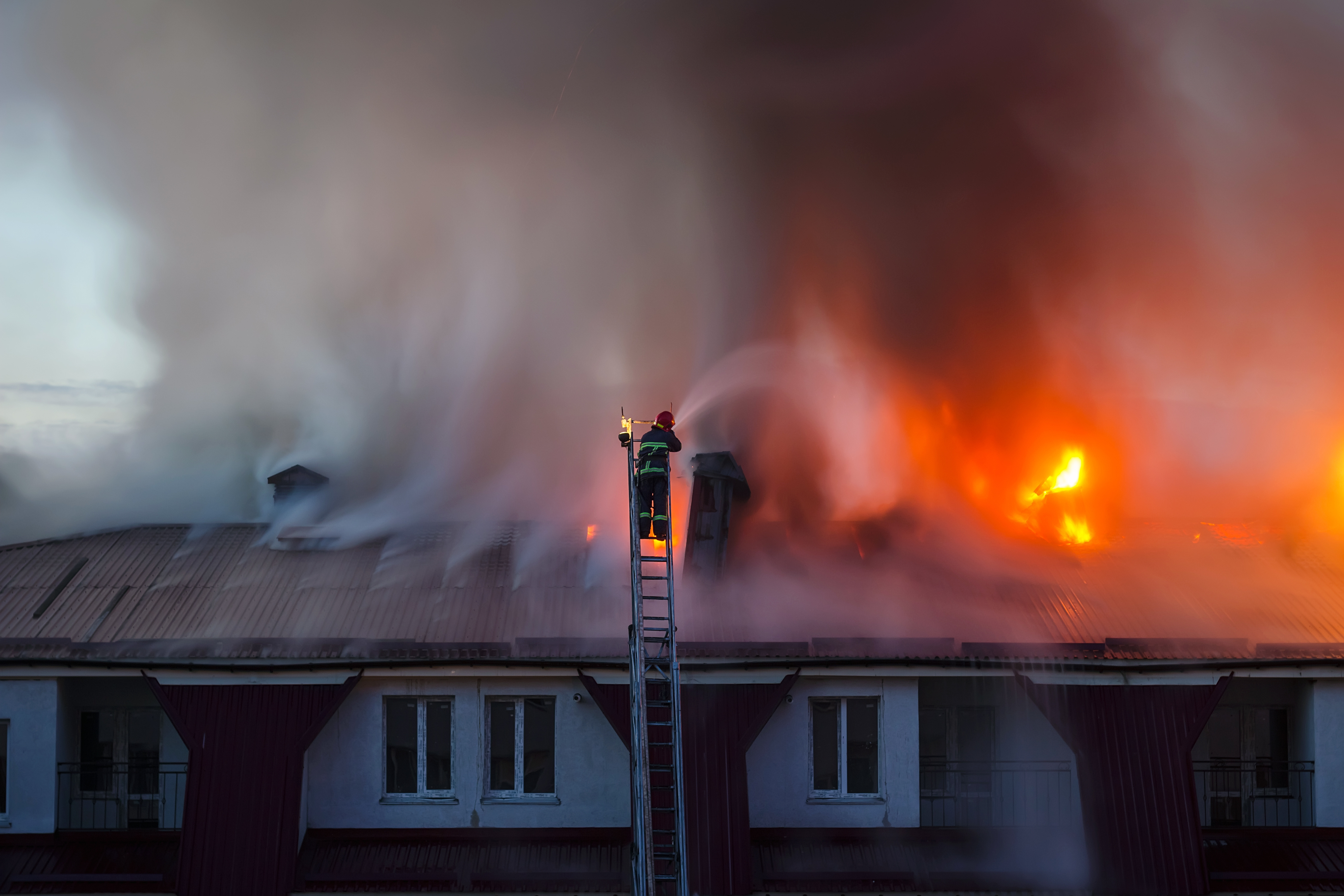
As the world and country are slowly beginning to turn away from fossil fuels and towards greener renewable energies, one of the rising stars is solar panels. While solar panels are a great option for creating renewable energy, most people don’t realize that just because it’s hotter out, doesn’t mean the solar panels are producing more energy.
Solar panels run at peak efficiency when their surfaces are at 77° F but are able to withstand temperatures up to 149° F. However, the higher the temperature that the panels reach, the less efficient they will run, falling up to 10 percent at very high temperatures.
Just because they may not be reaching peak efficiency 100 percent of the time doesn’t mean that solar panels are not a good investment. It still produces energy that we wouldn’t otherwise have, and there are ways to prevent or minimize overheating. And as scientists continue to improve solar panels, their efficiency will rise and their weaknesses will decrease.
Factors in Overheating
Just like we know that we get hotter in dark clothes in the summer, or how the asphalt will get so hot it will burn our feet because of its dark color, so too can our solar panels get hotter when mounted on a dark-colored roof. When solar panels are mounted near dark-colored shingles, the roof retains more heat than it would if it were made up of lighter shingles. When solar panels are mounted on a dark roof, it too will rise in temperature.
The thing is, even if your roof is a light color, your solar panels can still over heat. It may have escaped your notice, but solar panels tend to already be a dark color and will inevitably retain heat, if you like it or not.
Fortunately, solar panels are built to withstand even the worst of weather conditions, having been tested in ranges from -40° to 186° F so chances are that even if they do overheat, you won’t have to worry too much about long-lasting damage, at least, not to your solar panels. If you’re experiencing 186° weather, we all probably have much bigger problems to deal with than whether or not your solar panels are working.
Why Heat Reduces Efficiency

So we know that heat is not helping our solar panels produce energy, but why is that? It seems logical that they should be producing more energy on a hot sunny day than on a cooler spring day.
The reason for this is because solar panels convert the energy from the sun into usable electricity by “exciting” electrons in a semiconductor. (Are memories of high school chemistry or physics flashing before your eyes?) However, during a hot day, the high temperatures outside will have also already excited the electrons, causing the sun to be able to excite a fewer number of electrons. The temperature also increases the electrical resistance in the circuit, causing further inefficiency.
Preventing Overheating
So the first thing you can do if you want to help reduce overheating of your solar panels is to install them on a light-colored roof. If your roof is a dark color, maybe it’s time to consider if it’s time to get new shingles. Is your roof leaking? Are the shingles curling or buckling? Has it been over 20 years since your roof has been replaced? If you do decide to reroof your house before installing solar panels, consider getting a lighter color to reflect heat waves.
It’s also important to make sure that there is good airflow between the roof and the panels. Not only will this help keep the panels cooler, but it will also prevent humidity from building up which could also cause inefficiency on the part of your solar panels.
When purchasing your solar panels, do some research to figure out the best types for your area. To do this, look into what the temperature coefficient is on the solar panel. A temperature coefficient is a number that tells you how much power output is lost as temperature rises above 77° F.
An immerging technology in solar panels is called “thin-film panels” which have low-temperature coefficients of -0.2 to -0.25. These new solar panels are supposed to help prevent against the likelihood of overheating. While these types of solar panels handle heat better than other solar panels, they also have a slightly lower efficiency rate between 11 – 13 percent. If you live in a particularly hot part of the country where you would have to worry more about the overheating of your solar panels, then this may be a great option for you. However, if you live in a more temperate area where overheating would be already kept at a minimum, this may not be the best option and you may rather a more efficient solar panel with an efficiency of from 15 to 20 percent.

Another option you have if you don’t feel it necessary to get thin-film solar panels will take a little effort on your part. Something some solar panel owners do in places like Arizona and New Mexico where temperatures are high is cover the solar panels during the hottest hours of the day, letting them collect energy during the morning and evening when the temperatures are lower. This allows the solar panels to maintain more ideal temperatures for when they are collecting energy.
So in short, yes, you may find that your solar panels are becoming less efficienct in high temperatures, even when you think they should be working great because of all that sun. While sun is really great for solar panels, heat is less so and causes the energy production to be minimized. However, just because they may not be as efficient as you may hope they would be doesn’t mean you shouldn’t consider getting solar panels installed on your roof. They are still a valuable asset to our society as we turn to more green options of energy.